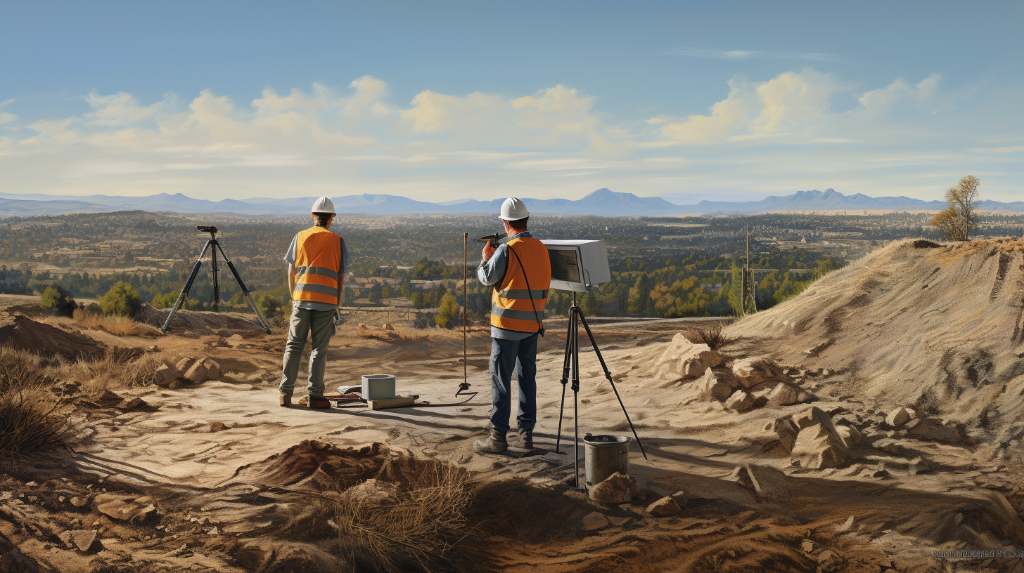Survey Equipment Advancements: Bridging the Gap with GNSS Technology
By SurveyEquipmentGuyWhen it comes to surveying, accurate measurements are paramount. The evolution of technology has significantly improved the precision and efficiency of surveying equipment. There’s one technological breakthrough in particular that has revolutionized the industry: GNSS (Global Navigation Satellite System) technology. Let’s explore how these advancements are bridging the gap and transforming the way surveys are conducted.
The Importance of Accurate Surveys
Before we delve into the advancements, let’s understand why accuracy matters in surveys. Surveying forms the foundation for construction, infrastructure development, mapping, and more. An accurate survey lays the groundwork for successful projects, ensuring that structures are in the right place and align with the intended designs. Inaccurate surveys can lead to costly errors, delays, and even safety hazards.
What is GNSS Technology?
GNSS is a constellation of satellites that transmit positioning and timing signals to receivers on Earth. These signals enable receivers to determine precise locations, making them an invaluable tool for surveyors. GNSS encompasses various navigation systems, including GPS (Global Positioning System) developed by the United States and systems developed by other countries like GLONASS (Russia) and Galileo (European Union).
The Advantages of GNSS Technology in Surveying

1. Enhanced Accuracy: GNSS technology provides surveyors with centimeter-level accuracy, significantly reducing measurement errors compared to traditional surveying methods. This precision enables professionals to ensure that structures are aligned perfectly with design specifications.
2. Increased Efficiency: With GNSS, surveyors can cover more ground in less time. The ability to collect data rapidly and accurately expedites the surveying process, saving both time and money for projects. Conducting surveys in challenging terrains, such as dense forests or remote areas, becomes less arduous with GNSS technology.
Applications of GNSS in Surveying
GNSS technology finds applications in various surveying projects, including:
- Land Surveying: Determining precise property boundaries, mapping topography, and creating accurate digital terrain models for construction projects.
- Infrastructure Development: Surveying and aligning roads, bridges, railways, and utility networks.
- Hydrographic Surveying: Mapping and measuring bodies of water, vital for coastal engineering projects, navigation, and environmental studies.
- Agriculture: Optimizing crop management and yield prediction, ensuring efficient use of resources.
The Future of GNSS Technology in Surveying
As technology continues to advance, GNSS is poised to play an even larger role in surveying. The integration of GNSS with other sensors, such as laser scanners and drones, opens up new possibilities for data collection and analysis. The ability to combine multiple data sources enhances survey accuracy and facilitates the creation of detailed 3D maps and models.
Furthermore, improvements in GNSS receiver technology, such as multi-frequency and multi-constellation receivers, offer enhanced performance in challenging environments. This means that surveyors can obtain reliable and accurate readings even in areas with obstructed views of the sky, such as urban canyons or dense forests.
Conclusion
The advancements in survey equipment, particularly the integration of GNSS technology, have transformed the way surveys are conducted. This technology offers increased accuracy and efficiency, allowing surveyors to deliver precise results in a shorter timeframe. As GNSS technology continues to advance, it holds immense potential for further innovation and improvement in the field of surveying. Embracing these advancements will undoubtedly bridge the gap and pave the way for a future of even more accurate and efficient surveys.
